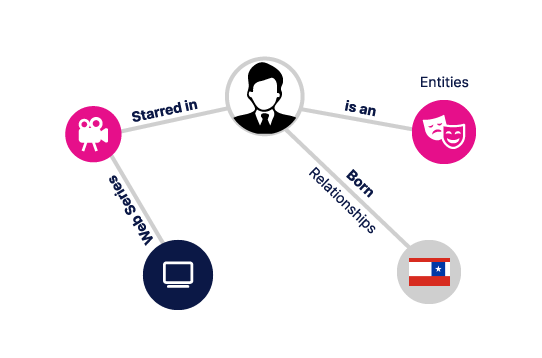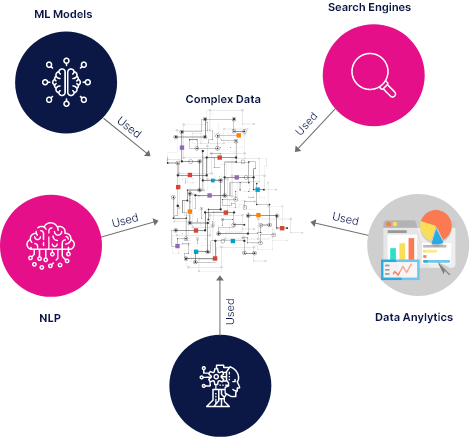Knowledge graphs are a data structure used in artificial intelligence (AI) and machine learning (ML) applications that represents information as a set of entities and the relationships between them. A knowledge graph is a type of semantic network that uses graph theory to represent and store information.
Knowledge graphs are a type of data structure that represents knowledge in a graph format, where nodes represent entities, concepts, or things, and edges represent the relationships between them. In a knowledge graph, data is organized in a way that captures the meaning and context of information, rather than just its structure or format.
In a knowledge graph, entities represent real-world objects or concepts, and relationships represent the connections between them. For example, in a knowledge graph about movies, the entity “movie” might be connected to the entity “actor” through a relationship labeled “starred in.” Each entity and relationship can also have associated attributes or properties, such as the release year of a movie or the name of an actor.

Knowledge graphs can be used in a variety of applications, such as natural language processing, recommendation systems, data analytics and search engines. They are particularly useful in applications where understanding the context and relationships between different pieces of information is important.
Overall, knowledge graphs are a powerful tool for representing and analyzing complex data in a way that enables more effective decision-making and machine learning.
Knowledge graphs can be used to support a wide range of applications, including search and discovery, natural language processing, machine learning, recommendation systems, and more. They are particularly useful in applications that require reasoning about complex relationships between entities, such as healthcare, finance, and e-commerce.

In contrast to traditional relational databases or tabular data, knowledge graphs capture rich semantic relationships between entities, allowing for more sophisticated reasoning and analysis.
Knowledge graphs enable the integration of structured and unstructured data, making it possible to combine data from different sources and domains.

The concept of knowledge graphs has gained significant attention in recent years, driven by advancements in graph database technologies and the availability of large-scale data sources. Major companies such as Google, Facebook, and Amazon have all developed their own knowledge graphs to support their various products and services.